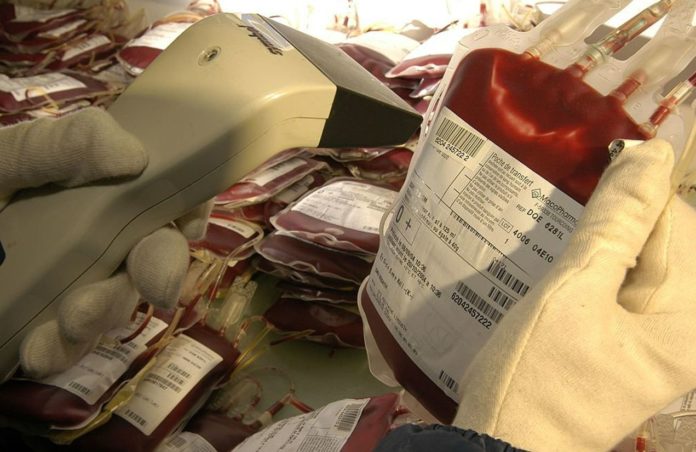Venous thromboembolism (VTE) also known as a blood clot is the greatest cause of unnecessary hospital fatalities in the United States, and scientists have spent a long time trying to figure out what causes it.
According to a new study published in Blood Advances, persons with cancer who have non-O blood types, such as A, B, and AB, had a higher chance of having venous thromboembolism (VTE), or blood clots in the veins, three months after being diagnosed.
To determine patients at high risk of VTE, existing assessments include characteristics such as tumor or cancer type. Despite this, many individuals who do not have these illnesses acquire life-threatening blood clots that go unnoticed.
Deep-vein thrombosis (DVT), a blood clot that usually originates in the leg’s deep veins, and pulmonary embolism (PE), a life-threatening illness that happens when a blood clot breaks loose and lodges in the arteries of the lungs, are both examples of VTE. While blood clots can damage anyone, evidence suggests that those with blood types other than O are more prone to develop VTE. Cancer and cancer treatments raise the risk of blood clots, and while persons with more severe cancers are more likely to develop VTE, there is less data on the risk among patients with cancers that aren’t linked to thrombosis.
Researchers looked into the impact of non-O blood types in the development of VTE in the participants of the study. They used the Vienna Cancer and Thrombosis Study (CATS) data set to collect data from 1,708 adult participants with a new or recurring cancer diagnosis. Participants were divided into groups depending on their blood type, then further divided into groups based on their tumor classification. Patients with pancreatic, stomach, and brain cancer tumors were thought to be at a significant risk. While tumor type can help identify patients who are more prone to have VTE, many people with less severe tumors nonetheless suffer hazardous blood clots, necessitating greater monitoring and treatment. The outcomes of the study show that blood type could be another useful predictor.
“We’ve known tumor type helps determine the baseline risk for VTE. But we continue to see that these risk assessments fail to capture all cancer patients who develop these blood clots,” says study author Cornelia Englisch. “By solely assessing tumor type, we miss up to 50% of people who develop VTE.”
Patients with non-O blood types were more likely to have VTE three months following their cancer diagnosis or recurrence, according to their findings. This link did not apparent at the time of diagnosis, according to Dr. Englisch, because cancer medications increase the risk of blood clots, making blood type a less relevant predictor of VTE during the early phases of treatment. Non-O blood type patients with tumors outside of the high-risk disease category were more likely to form blood clots, regardless of time, indicating that relying solely on tumor type to determine VTE risk may cause many patients to fall through the cracks.
While innovative, these findings, according to Dr. Englisch, are exploratory and require further research. The researchers want to learn more about the biological mechanisms that underpin these discoveries in the future. They believe that in the future, blood type will be beneficial in risk assessments for cancer-related VTE.
“Blood typing is easy to perform, can be done worldwide, and doesn’t require any specialized background knowledge or equipment,” adds Dr. Englisch. “And of course, every risk factor that we identify helps us to understand these life-threatening complications in cancer patients better. Perhaps this will create awareness for the role blood types can play as clinical biomarkers.”
Image Credit: Getty
You were reading: This is the blood group most exposed to blood clot in people with cancer
